78. What are the resolutions of the images and their respective nature? A: Mainly talk about several resolutions associated with image resolution, including monitor display resolution, number of screen printing screens, optimal image resolution, scanning resolution, printer and laser imagesetter output resolution. Introduce it. Display resolution: refers to the number of pixels per unit length on the display, which depends on the size of the display and the size of the pixels. MAC (Macintosh) monitor resolution is generally 72Dpi, PC monitor resolution is generally 96Dpi, Photoshop image pixels are directly converted to display pixels, if the image resolution and display resolution are the same, the image size and actual size on the monitor In the same way, if the image resolution is higher than the display resolution, the image is larger than its actual size when it is displayed as an Actual Pixel. To know the actual output size of an image when it is displayed, use Print Size to display it. The number of screen printing net points: The number of hanging nets per inch (network cable). The so-called net cable is the line consisting of net dots. The unit of the number of nets to be screened is line per inch, or simply called lpi. Generally speaking, the image is The resolution should be 1.5 to 2 times the number of screens. Image quality is determined by the size of the resolution, because the larger the resolution, the richer the hierarchy. However, if the image resolution is considered to be as good as possible, this recognition is not correct, because to a certain degree the human eye cannot see subtle differences. For example: the same picture, one is 600 Dpi, one is 1000 Dpi; As a result, we see that the quality of the two figures is the same. Therefore, if the resolution is set too large, it is not necessary, and because the amount of information is too large, working time is wasted. However, the resolution should not be too small, otherwise the level loss will be large and the quality cannot be guaranteed. Generally follow the following formula: The best image resolution = 2 × printing screens plus screen lines. It can be seen that when the number of screen lines is determined, the optimal resolution of the image is determined. Now talk about the scanning resolution. Due to the fact that the customer sometimes needs to enlarge or reduce the size for scanning during scanning, instead of scanning according to the size of the original, it is necessary to set the scanning resolution: scanning resolution=N*image optimal resolution, and N in the formula represents the magnification ratio. For example, the width and height of the original document are magnified twice, and the number of hanging meshes is 150LPi. Scanner scanning resolution should be 2 × 2 × l50 = 600Dpi. Print and laser imagesetter output resolution: how much dots can be printed on the printer and laser imagesetter per inch. For example, a 3600Dpi laser imagesetter means that the image-texture output accuracy of the imagesetter can scan 3600 spots per inch. 79. What is the relationship between the gray level of the image and the resolution? The highest output resolution measures the accuracy of the image in terms of the maximum number of exposures per inch that can be recorded. The unit is Dpi. Its relationship with the output image's screening frequency (lines per inch) is as follows: Output resolution DPI/image hook number LPl +1=gray scale In general, the gray level of the output image is 256. Therefore, to achieve a 150 l/in screen number, the recorder's output resolution should be above 2500Dpi. 80. Which kinds of resolution must be paid special attention to in the scan? The resolution determines the fineness of the image recorded by the scanner in units of Dpi. The high resolution of the scan can improve the quality of the scanned image, but this is limited. When the resolution is greater than a certain value, the image file will only be too large to handle, and it will not be able to significantly improve the image quality. For resolution, special attention must be paid to the difference between optical resolution (or true resolution) and interpolation resolution. The optical resolution is also the actual resolution of the scanner and is a key factor in determining the fineness and sharpness of the image. Interpolation resolution is a method of increasing the resolution by software operation. 81. When to use interpolation resolution? A: Interpolation resolution is useful when scanning black and white images, or when zooming in on smaller images. Set the resolution to equal the resolution of the output device when scanning black and white images. For example, suppose you want to print a line image with a 1200Dpi output device for a black and white image, use a 1200Dpi interpolation resolution to get a good image, produce smooth lines, and eliminate some of the jaggies. To magnify a smaller image, if the maximum optical resolution of the scanner is 600 Dpi, if you want to magnify the image four times without losing details, use an interpolation resolution of 1200 Dpi. Although the printed size is doubled at this time, the fineness of the image is still quite good. 82. Why does the image need to have an image file format? There are several image file formats that are commonly involved in prepress. What are their natures? A: The image file format determines what type of information should be stored in the file, how the file is compatible with various application software, and how the file exchanges data with other files. Since there are many image formats, the format of the image should be determined based on the use of the image. The commonly used image file formats in the design are: TIFF format: TIFF is a tagged image file used to save the image composed of color channels. Its biggest advantage is that the image is not limited by the operating platform. It can be used universally regardless of PC, MAC or UNIX. It can save alpha channels and can store separation data in a file. EPS Format: The EPS format is used for printing and printing. Duotone information can be saved, Alpha channels can be stored, and path and screen information can be stored. GIF is an 8-bit format that can only express 256 colors. It is a commonly used format for network transmission images. PSD is mainly used as an intermediate transition of image files to save the channels and layers of images for later modification. The format is so poor that only Photoshop can use it, and few other applications support it. JPEG is not only a file format, but also a compression method. This compression is lossy, loss of size is not equal, and some are small enough to be discerned by the human eye. 83. How to control the image quality to meet the printing requirements? A: Offset printing is the decomposition of continuously adjusted images into discontinuous dots. The ink is transferred through the dots of different sizes and the images are copied. In this process, the requirement for image quality is the key. The content of evaluating image quality generally includes: image reproduction, color reproduction, and sharpness processing. The gradation reproduction of an image refers to the correspondence between changes in light and darkness in a manuscript and light and shade changes in a copy (printed matter). The gradation of the manuscript is in the range of 0-4, and it is necessary to process the tone: compression, pull The key to extending or linearly copying and gradation copying is to process the originals of various contents in order to achieve the best reproduction effect. For example, some images are dominated by tones, some are dominated by colors, and are evaluated differently when evaluated. Color reproduction: refers to the conversion of two color gamut spaces and the corresponding relationship of color values. When we look at the original, the extension, and the scanned image of the scanner, all the optical information of the original is represented by RGB. The final printed product is expressed in four-color inks and expressed as CMYK. We evaluate the color reproduction of printed products, not to see the colors on the screen, but to see how much the color in the original is expressed by CMYK and whether these values ​​are optimal. Emphasis on the sharpness: It is the blurring of the borderlines caused by the continuous manuscripts that make up the discontinuity of the original image. In addition, because printing materials such as four-color overprints and paper inks will lead to a reduction in the sharpness of the printed image, it is inevitable that the sharpening of the image is properly emphasized during the platemaking process. We will evaluate how sharp the image is reproduced. Whether or not the manuscript has been processed accordingly to ensure that the printed product satisfies the audience's viewing needs.
Advantages of charcoal barbecue:
Big fans of charcoal Stainless Steel Bbq Grill will never choose a gas barbeque. They do have a point: charcoal ovens can reach a ferocious 482 degrees Celsius on the surface of meat, much hotter than standard gas ovens without infrared burners. Using this heat allows the skin of steak and lamb chops to turn into our beloved pastry, while maintaining the red and pink color inside the meat.
Packing
Packing will by pallet/carton/ wooden box,according to different demand.
Source: "Guangdong printing" Author: Liu Wuhui
Name
Outdoor gas grill corten steel metal barbecue
Material
Corten steel
Cooking plate Size
Diameter 1000mm
Base Size
500*500*700mm
Thickness
Base:2mm, Cooking plate:10mm
Weight
120KG
Packing
Pallet/carton/wooden box packing
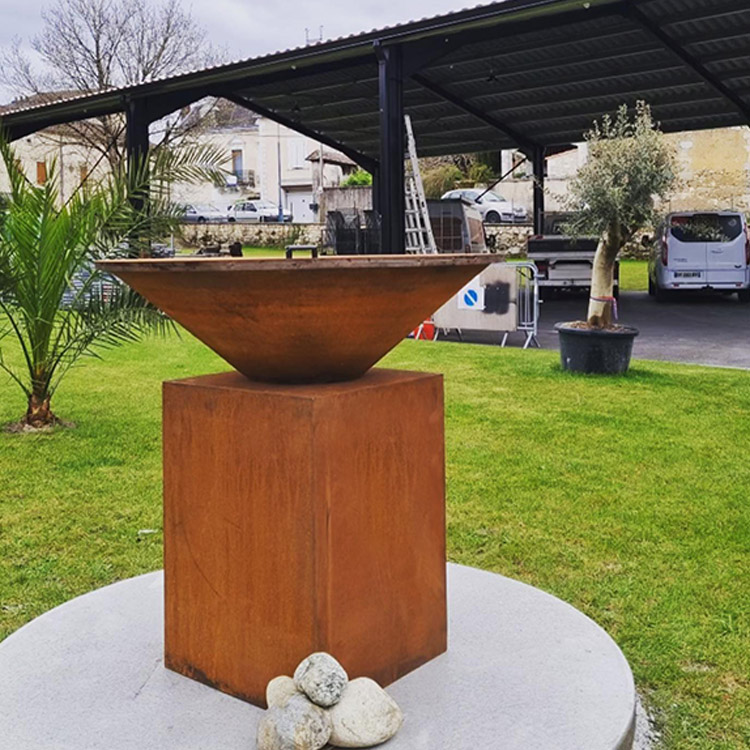

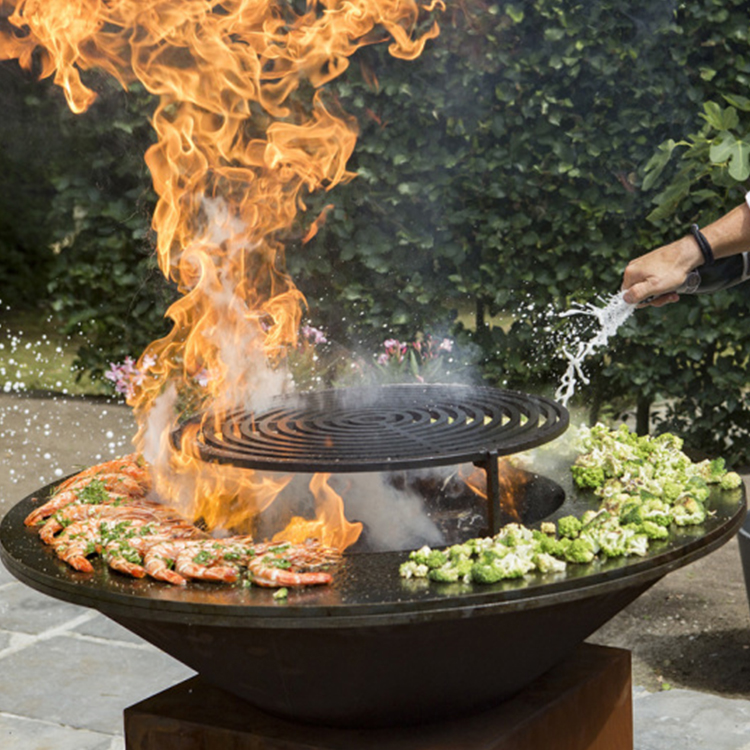
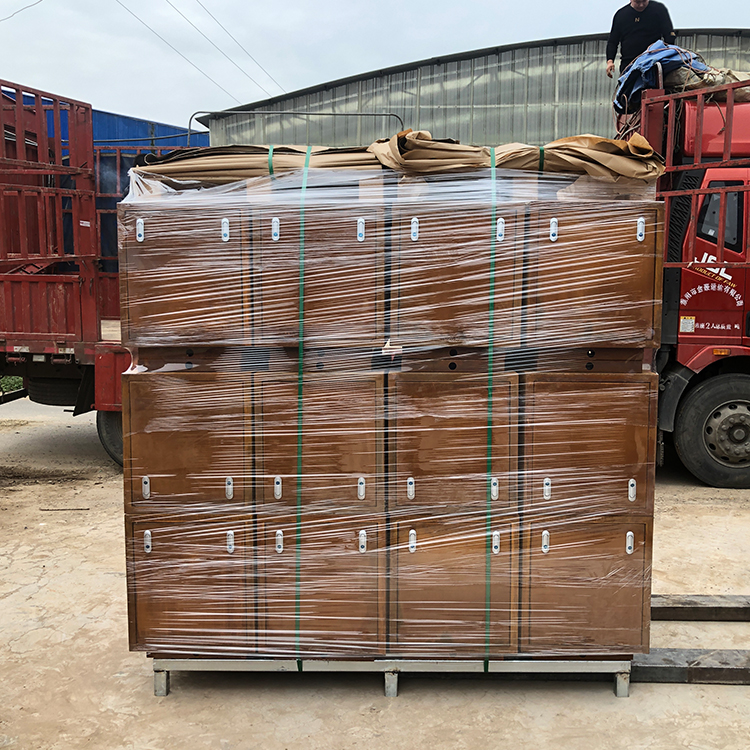
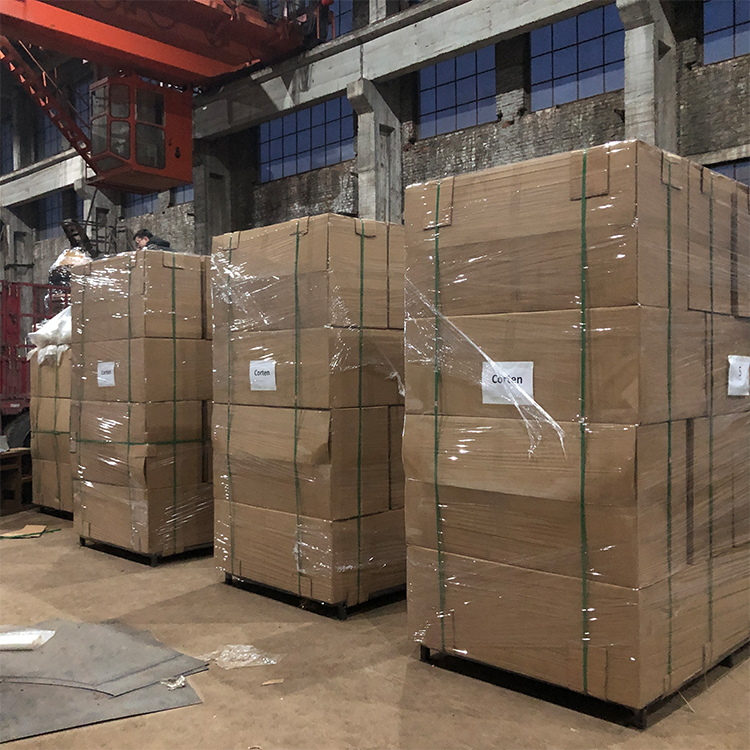
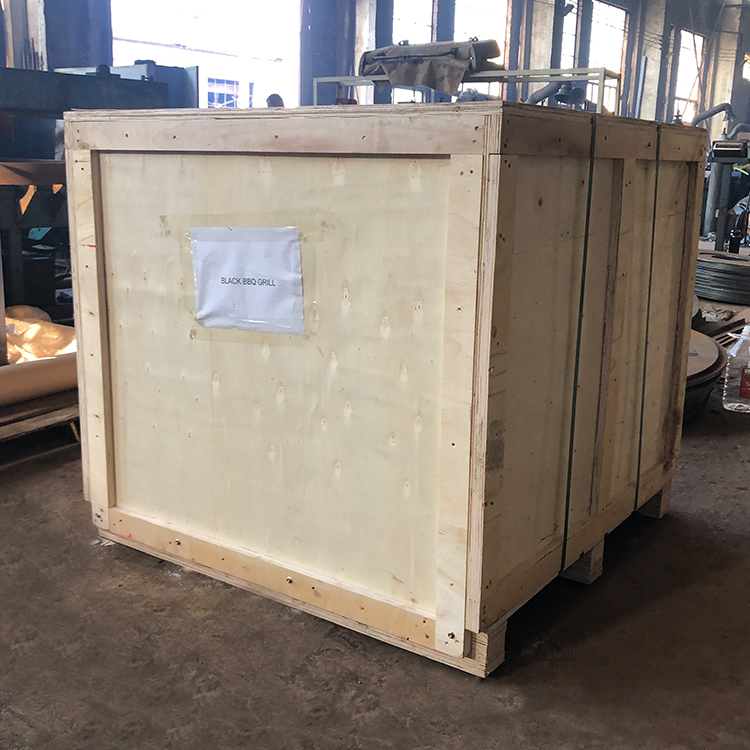
Gas Bbq Grill,Propane Grill,Gas Barbecue,Natural Gas Grill
Henan Jinbailai Industrial Co.,Ltd , https://www.hnjblfirepit.com